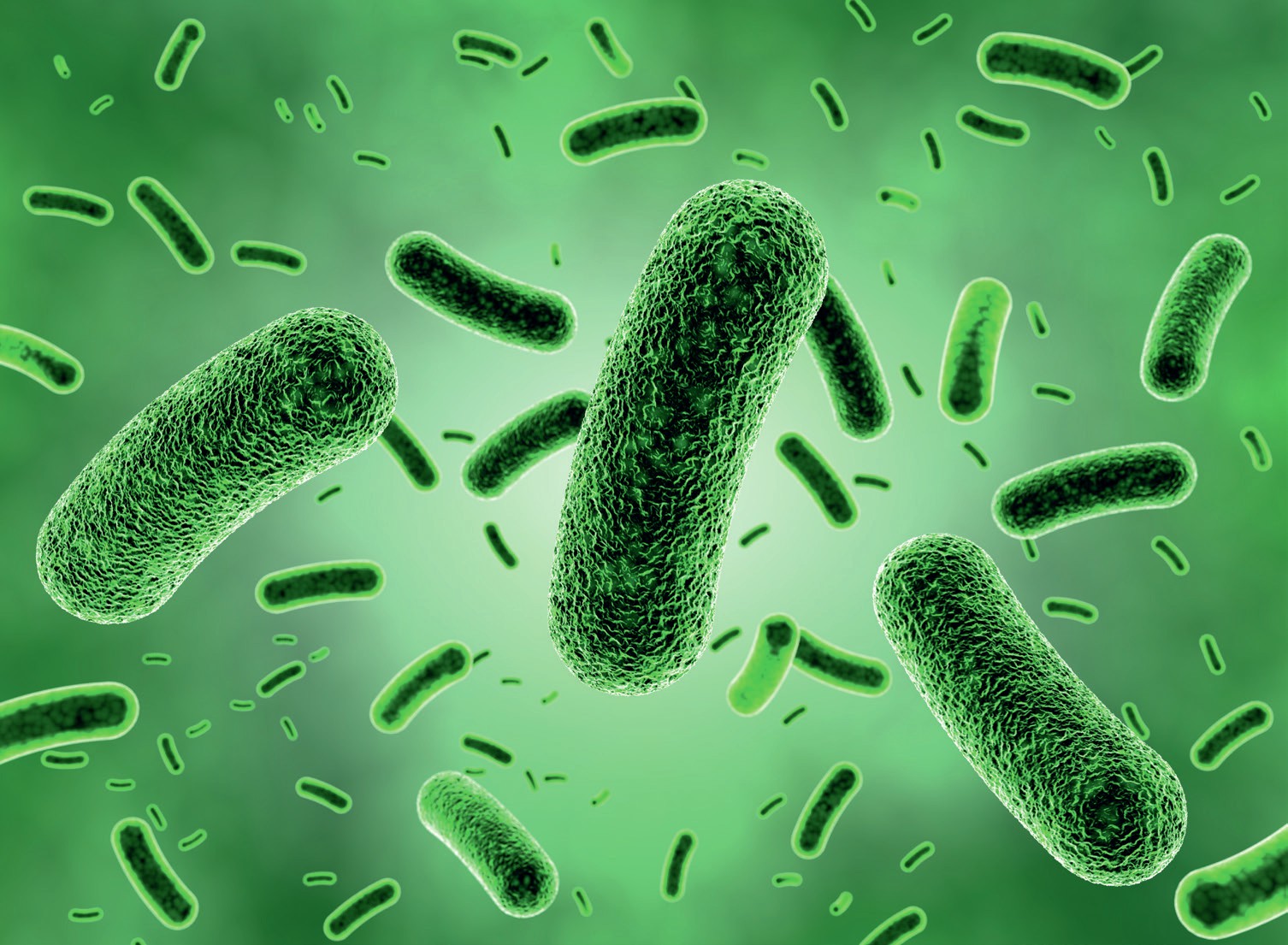
Without a closer look, bacteria seem much simpler than our own cells. Bacteria do not have a nucleus. Unlike the chromosomes of eukaryotes, the main genetic material of bacteria is not bound in histones or located in a nucleus. Typically, bacteria have one circular DNA molecule – nucleoid DNA – which carries all the genes necessary for survival.
Bacteria also do not recombine genes through sexual reproduction. However, zoom in and you will find that their DNA is absolutely fascinating. Rather than simply passing DNA on to their offspring, bacteria have a huge diversity of mobile genetic elements (MGEs) – pieces of DNA that can move within or between bacterial cells, including across unrelated strains and species.
Your organisation does not have access to this article.
Sign up today to give your students the edge they need to achieve their best grades with subject expertise
Subscribe




